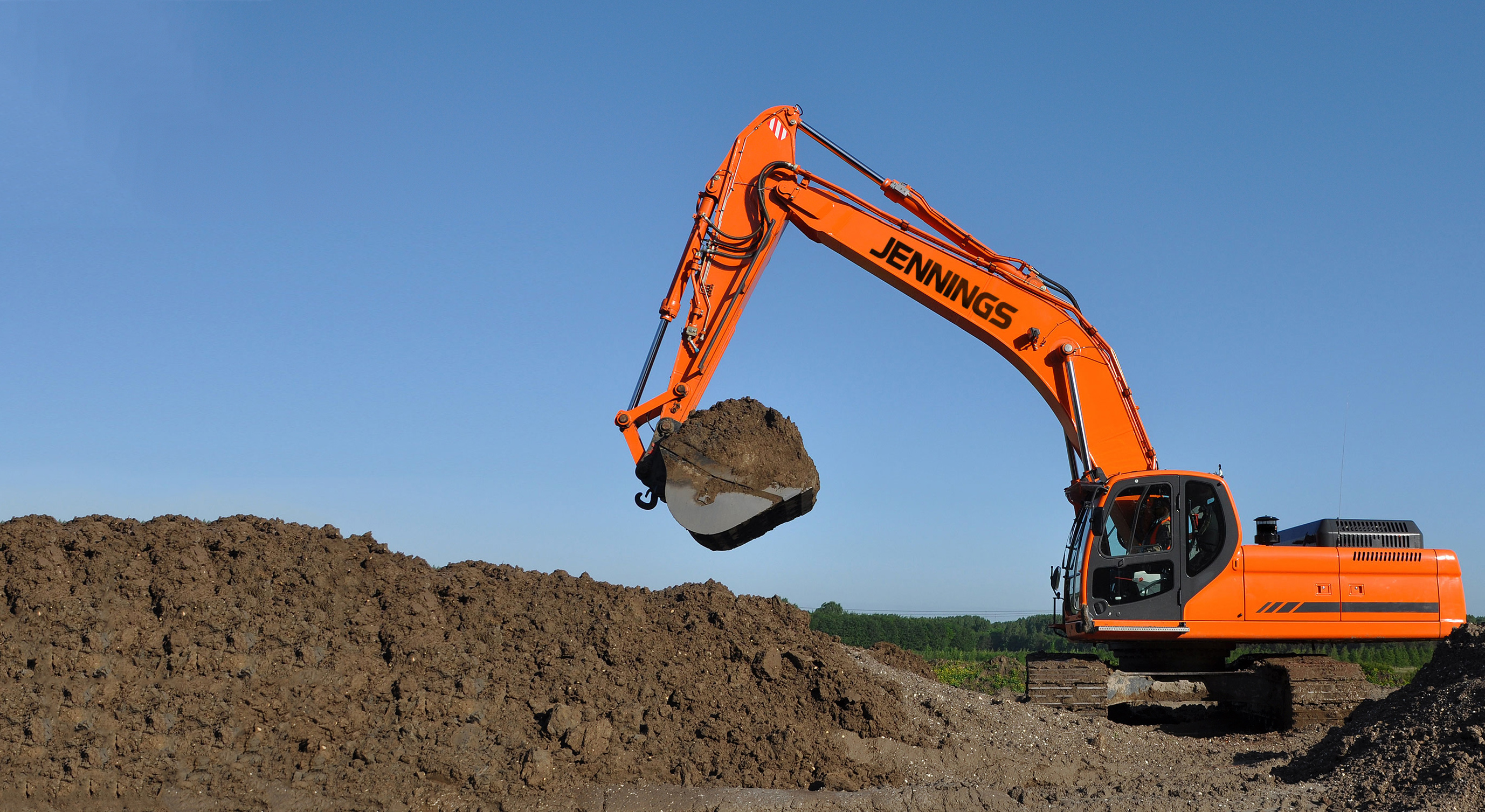
06 Feb Why site remediation is important in bulk excavation
Think you know bulk excavation? Contrary to popular belief, there is more to it than chopping and hacking at the ground. Digging up earth obviously forms part of the process, but there’s more to it than a Neanderthal approach.
Site remediation (also known as land remediation or environment remediation) is part of that process. In the case of a bulk excavation project, site remediation is necessary to remove polluted, contaminated, or otherwise unwanted soil, sediment, surface water, groundwater and artificial debris from the site. This is necessary so as to reduce its impact on people, wildlife and the local environment.
Why is site remediation important in bulk excavation? Because it forms part of a properly controlled and planned strategy.
Before any bulk excavation work is performed, full site preparation from primary survey to completed ground profile should be carried out. This will identify any of the nasties or unwanted elements mentioned previously. Steps must be taken to remove these safely and a site remediation plan is what gets the job done.
Some would consider site remediation a core part of bulk excavation and we would align ourselves with this particular position, although just how much site remediation impacts the excavation work depends on what the survey finds. If a great deal of polluted, contaminated, or otherwise unwanted soil, sediment, surface water, groundwater and artificial debris is discovered, site remediation will form part of the core project and the project manager will mark this down as of crucial importance.
The different aspects of site remediation
Every single bulk excavation project is different and so no two project plans are ever the same. This is always to be expected. Oftentimes, you can move a site just a few metres and you will uncover different ground. As such, site remediation methods depend on the ground and environment and the amount of what is uncovered. A basic plan may be all that is needed but if a large amount of dross so to speak is uncovered then it may be necessary for the excavator to create a comprehensive plan.
Site remediation can include on site crushing, screening, dealing with invasive plant species such as Japanese knotweed, collection and disposal or storage of contaminated or hazardous materials, cut and fill, landfill operations, installation of piling matts, processing of recyclable materials and volumetric analysis.
It is important to keep in mind also that the requirements of remediation works need to be actioned immediately and on-site treatment may be necessary. Under current waste legislation, the treatment of contaminated soils is considered a waste treatment operation and so the excavator is duty bound to follow good practice. A site-specific working plan may be needed, and materials may need to be sampled.
Groundwater remediation is another area of particular importance. Pump and treat is the most common remediation technique with regards to this. This extracts groundwater, treats it at the surface, and then discharges it back.
When creating a site remediation plan as part of a bulk excavation project, the basic principle of workflow is as so: if the excavated material is not suitable but capable of treatment, it is to be treated onsite or offsite. If the treatment is not successful, it should always be removed and sent to landfill. If treatment is successful, it can be re-used, but records must be kept detailing the location of placement.
Why is site remediation important in bulk excavation? The bottom line
Bulk excavation involves the removal, moving or adding of large quantities of soil or rock from a particular area to another. However, you can’t possibly do this safely and in a way that is environmentally-friendly without categorising the earth being moved and treating it if necessary. Site remediation should form part of bulk excavation to satisfy these requirements and ensure a thorough job. It is also important for reducing the industry need for landfill, since many materials can be treated and put back.


No Comments